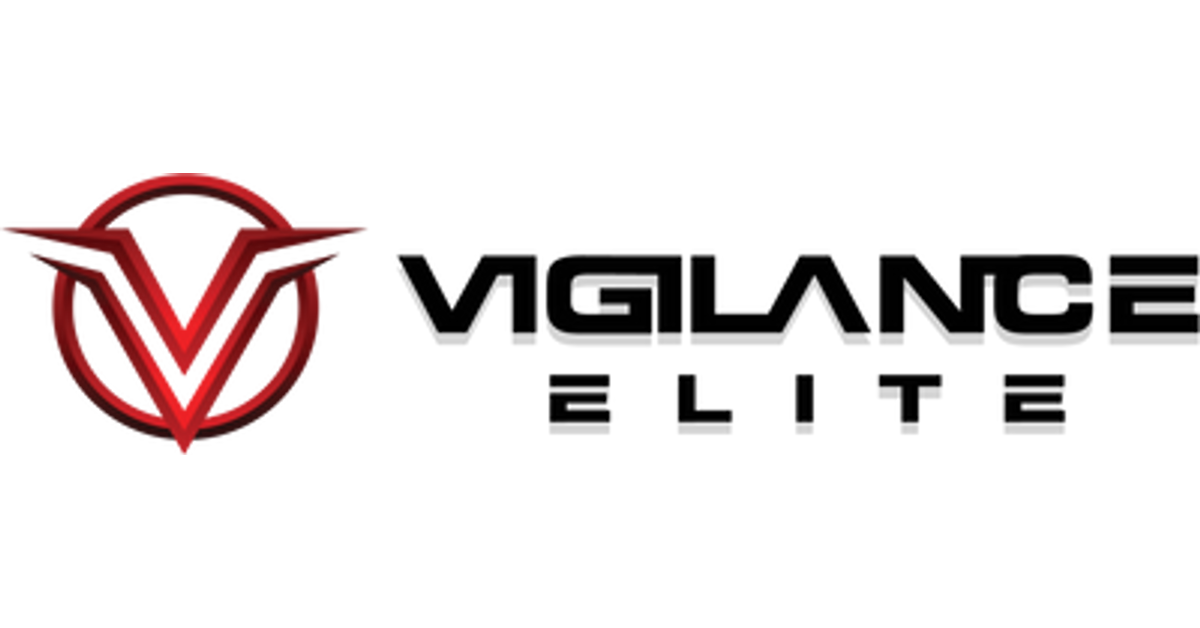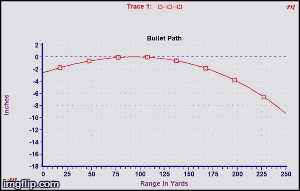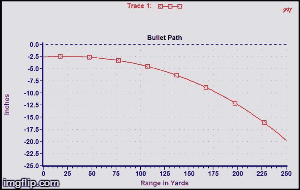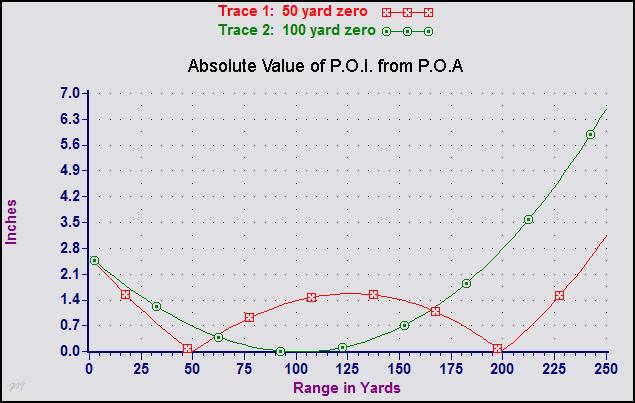The 100y zero is pretty consistent among 14-26" length barrels where the line if sight height above bore is between 1.5-2.75"-ish which i would venture to guess is 90% or greater of rifles with mounted optics.How consistent is this across platforms/loads? Is this more or less a geometric fact, or is it a balance of pros and cons among zero distances?
To use certain features on certain optics you need a 100y/m zero. For example the Schmidt Bender PMII Short Dot 1.1-4x20 requires a 100m zero in order for the bullet drop compensation elevation turret to line up properly.
Its not really "pro's and con's" per se as it's about what the purpose is. On my red dots and iron sights I'll do a 36y zero because im gonna only want keep it simple to aim center of chest between 0-300-ish yards. Same thing for the 50y zero and aiming at chest between 0-200.
This is an excellent explanation of the 36y zero, and different zeroing distances as well:

The 36 Yard Zero
The 36 Yard Zero Target In the recent carbine courses we have discussed various yard lines to zero your rifles along with the pros and cons of each yard line. For those that have attended the courses now know that when it comes to your go-to 5.56 caliber carbine rifle that you would pick...
www.vigilanceelite.com














